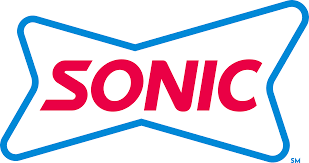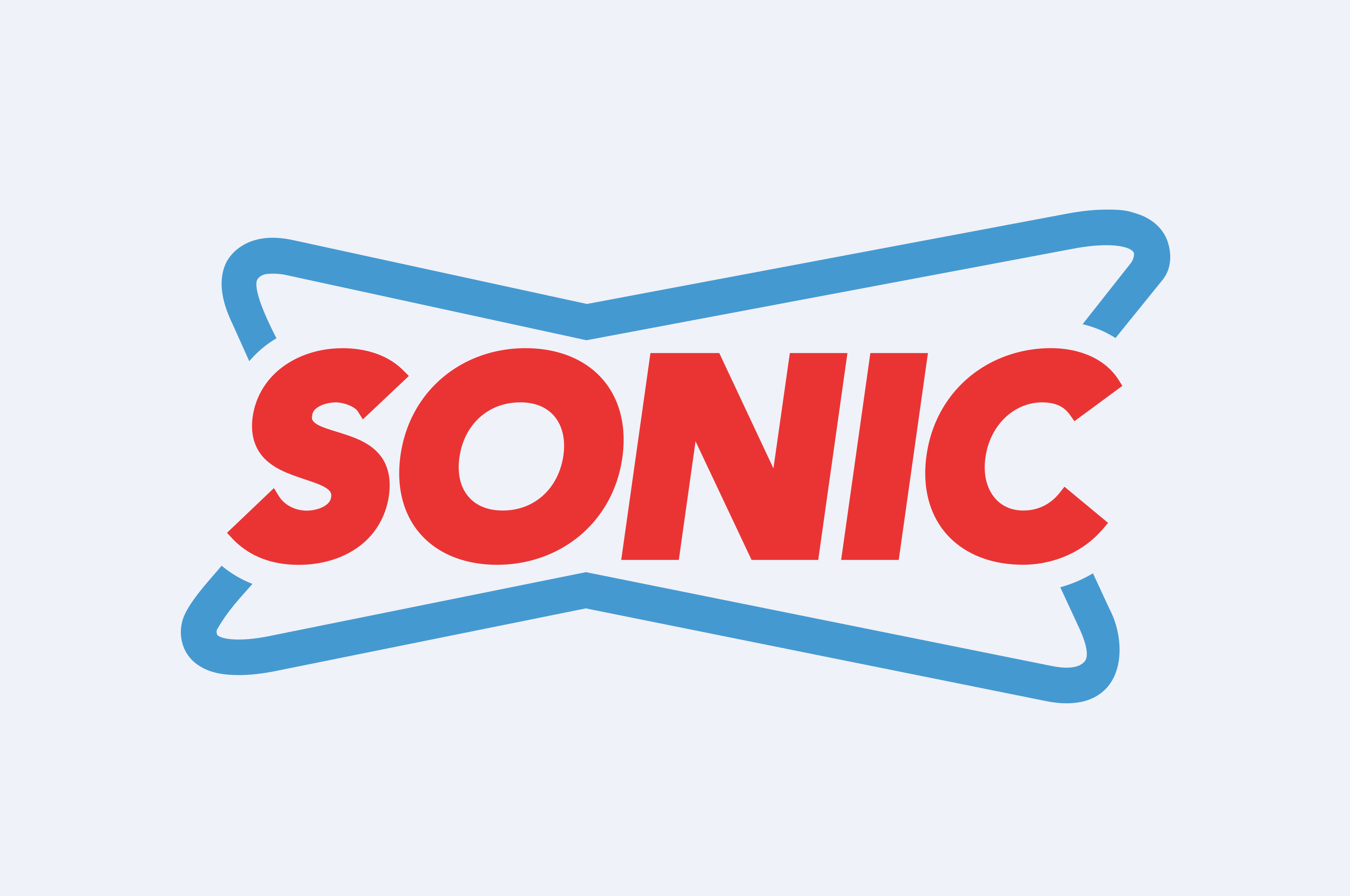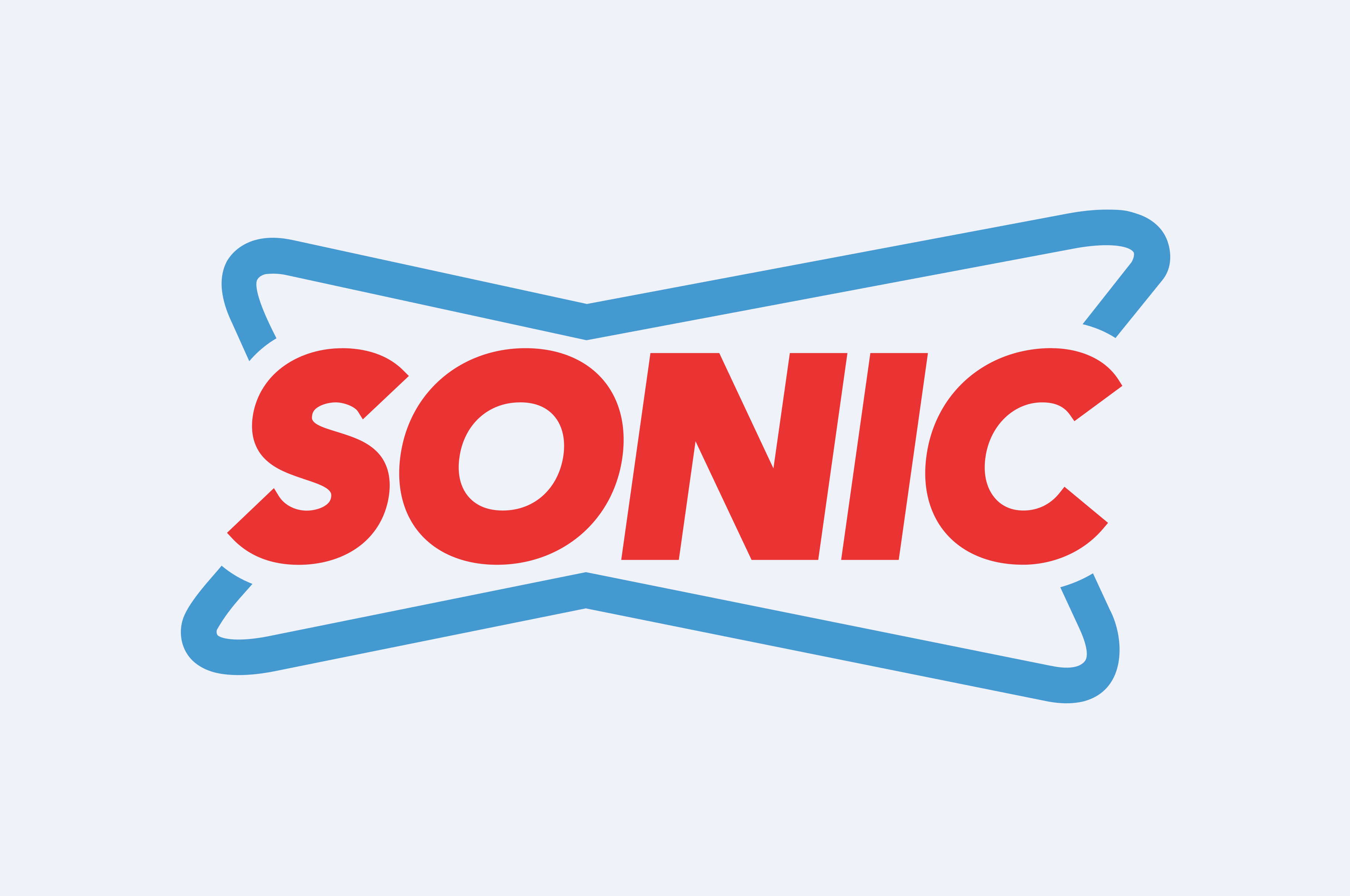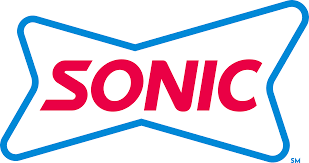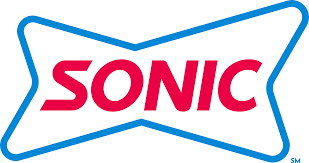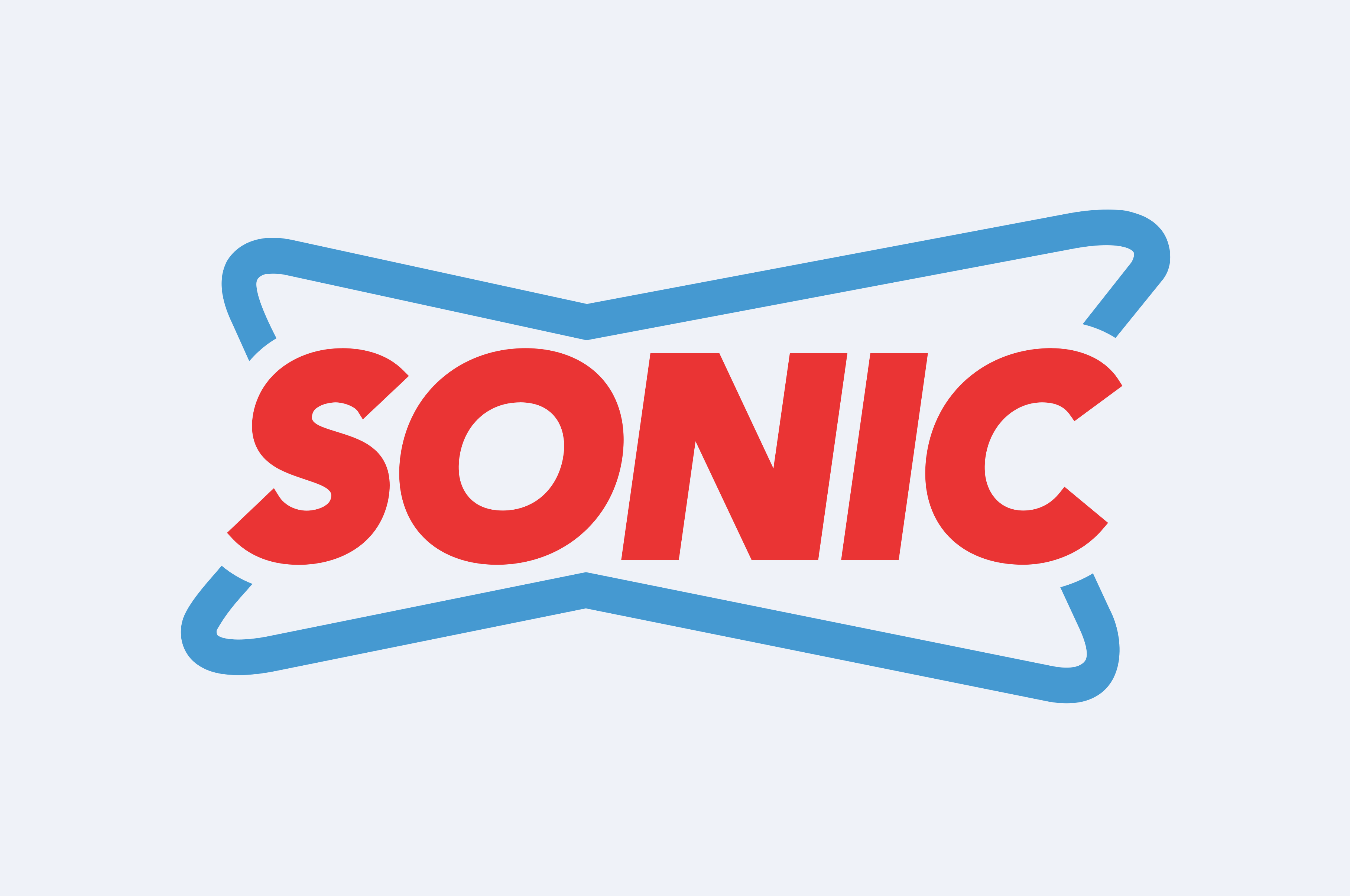Title Page
-
Site conducted
-
Conducted on
-
MOD
Policy
Imminent Health Risks
-
1. Running hot and cold<br>water is available.
-
Potable water not available at the drive-in.
-
No hot water system.
-
Hot water is not at least 100 F.
-
Other
-
2. Manager and team<br>members are free of<br>illnesses and symptoms.
-
Manager or crew observed with illness symptoms
-
Manager and/or crew is aware of reportable illnesses.
-
3. Free of<br>adulterated/contaminated<br>products. (Verify that all food is wholesome and not contaminated by items such as debris,<br>foreign objects, condensation, mold, etc.)
-
Contaminated food observed.
-
Contaminated Beverage observed.
-
Adulterated Product observed.
-
Suspected Intentionally tampered adulterated product observed.
-
Ice machine has yeast/mold in chute area.
-
Ice machine has yeast/mold in upper chamber, tubes.
-
Other:
-
4. Free of Flood/Sewer Backup?
-
Sewage observed backing up in the drive-in.
-
Flooding is occurring and has entered the drive-in.
-
5. Free of pest infestation<br>leading to food/contact<br>surface contamination?
-
1 or more live Rodent/Bird observed.
-
1 or more live Cockroach present coming in contact with food/food contact surfaces/equipment
-
Other:
-
6. Sanitizer for food contact surfaces is present for use in the restaurant.
-
No sanitizer is present in the restaurant.
-
Required Sanitizer Chemical is not present.
-
7. Hand-washing sinks are provided, accessible, and working
-
No hand wash sink available at the front or back of the store.
-
Hand wash sink is not operating in the drive-in.
-
Other:
Cleaning & Sanitizing
-
8. Hot water reaches a<br>minimum of 100 °F<br>at all sinks, 110 °F at<br>Ware washing sink,<br>and 160 °F surface<br>temperature in all<br>high temp dish<br>washing machines
-
Hot water does not reach 110 °F at Ware washing sink.
-
Hot water does not reach 100 °F at hand wash sinks.
-
Hot water does not reach 160 °F surface temperature in HIGH TEMP dish washing machines.
-
Other:
-
9. Sanitizer is at proper<br>concentration at all sinks, buckets, cups, and low temp ware washing machines? (Quat: 200-400 ppm target; Chlorine: 50 ppm -100 ppm)
-
No sanitizer test strips are present.
-
Test strips are damaged and no longer usable.
-
Cup sanitizer strength too strong.
-
Cup sanitizer is too weak.
-
Bucket sanitizer too strong.
-
Bucket sanitizer too weak.
-
Ware washing sink sanitizer too strong.
-
Ware washing sanitizer too weak.
-
Sanitizer Wiping clothes not stored in sanitizer between uses.
-
Sanitizer bucket missing from required station.
-
Using expired test strips
-
Using incorrect test strips
-
Other:
-
10. Chemicals are all approved, properly labeled, and stored correctly.
-
Cleaning chemical is used for other than the intended use.
-
Unapproved chemicals observed in the drive-in.
-
Chemical stored in an incorrect container.
-
Chemical stored above food packaging.
-
Chemical stored above food contact surface/s.
-
Chemical stored over rinse and/or sanitizer area of 3 comp sink.
-
Container previously used for chemicals is now used for food.
-
Chlorsan and/or Citrus Delimer not available.
-
Other:
-
11. Premises of exterior & Interior (back of house) Non-food contact surfaces are clean and maintained?
-
Floors not clean/maintained.
-
Shelving not clean/maintained.
-
Walls not clean/maintained.
-
Voids (holes/openings) that allow pest access.
-
Ceiling not clean/maintained.
-
Vents not clean/maintained.
-
Delivery vehicles not clean/maintained.
-
Cardboard used to line shelves.
-
Clutter present creating pest harborage areas.
-
Light shields not clean/maintained.
-
Baseboards not clean/maintained.
-
Oven hoods not clean/maintained.
-
Outside storage shed has porous materials for walls, floors, and/or shelving.
-
Employee lockers not clean/maintained.
-
Open food stored in employee lockers.
-
Mops/mop buckets/mop sink not clean/maintained.
-
Delivery racks stored outdoors.
-
Dumpster lid not closed.
-
Dumpster overflowing with trash.
-
Dumpster not on a concrete pad.
-
Dumpster missing drain plug.
-
Harborage/debris present in the dumpster area.
-
Storage Racks not clean/maintained.
-
Drains not clean/maintained.
-
Trash cans not clean/maintained.
-
Other:
-
12. All sinks and dish<br>washing machines<br>are set up correctly<br>and used properly?
-
No ware washing sink is available.
-
Ware washing sink not set up properly.
-
Team member cannot explain the proper setup of the ware washing sink.
-
Ware washing sink is not working properly.
-
Ware washing sink is not clean/maintained.
-
Ware washing sink is not used properly.
-
Ware washing sink is not labeled properly.
-
Ware washing cleaning tools are not clean/maintained.
-
Ware washing cleaning tools are improperly stored.
-
Adequate sanitizing contact time is not being followed per chemical instructions.
-
Not air drying properly.
-
Dish drainboard is not clean.
-
Clean items on dirty drainboard.
-
Dirty items on clean drainboard.
-
Wiping clothes not clean/maintained.
-
Sponges/steel wool observed.
-
Unapproved ware washing cleaning tools are present.
-
Proper cleaning process not followed.
-
Hand washing sink not dedicated for hand washing only.
-
Hand washing sink is not clean/maintained.
-
Drive-in does not have two hand sinks as required.
-
Produce washing sink not dedicated for produce washing only.
-
Produce washing sink is not working properly.
-
Produce washing sink is not clean/maintained.
-
Other:
-
13. In-use equipment<br>and prep tables are<br>clean and sanitized<br>at proper frequency?
-
Ice Cream and shake machine(s) not clean/maintained.
-
Beverage machine not clean/maintained.
-
In-use prep tables are dirty.
-
Gaskets are not clean/maintained.
-
Ice machine gaskets not clean/maintained.
-
Ice machine not clean/maintained.
-
Fryer not clean/maintained.
-
Equipment not clean/maintained.
-
Unapproved equipment used.
-
Food service equipment is not NSF/Commercial grade equipment.
-
Hot holding units not clean/maintained.
-
Other:
-
14. In-use utensils and<br>small wares are<br>clean and sanitized<br>at proper frequency?
-
In-use utensils not clean/maintained.
-
Food containers not clean/maintained.
-
Can opener not clean/maintained.
-
Cutting boards not clean/maintained.
-
Ice Bucket not clean/maintained.
-
Pans not clean/maintained.
-
Food containers not clean/maintained.
-
Shake Spindle not properly cleaned between use.
-
Malt collars not cleaned after each use.
-
Ice bucket not properly stored.
-
Other:
Employee Health & Hygiene
-
15. Person in charge<br>understands Brand<br>Standards for<br>reportable illnesses<br>& symptoms and<br>team members<br>know what to report?
-
PIC does not know where to obtain the information.
-
Team Members cannot communicate illness diagnoses that must be reported to the person in charge .
-
Team Members cannot communicate symptoms that must be reported to the person in charge.
-
Other:
-
16. Hand washing sinks<br>are fully stocked and<br>team members are<br>washing hands at<br>proper frequency?
-
Sink not supplied with hand soap.
-
Sink not supplied with paper towels or air dryer.
-
Hand wash sign not present at sink.
-
Trash can not accessible nearby.
-
Not washing hands after interruption of work/between tasks (Ex: Raw to RTE).
-
Not washing hands before putting on single-use gloves.
-
Improper hand washing practices observed.
-
Not washing hands when starting a shift.
-
Not washing hands after coughing, sneezing, or after touching the face/hair/body/uniform/people.
-
Other:
-
17. Employees are<br>following hygienic<br>practices?
-
Hand jewelry not limited to a plain band.
-
Necklace worn outside of shirt.
-
Earrings/facial piercings not secured with screw closures.
-
Gauges not limited to silicone.
-
Clothing/Jewelry with rhinestones/gems/inset stones.
-
Personal headphones, wireless headphones, or earbuds being worn.
-
No hair restraint.
-
Clothing is not clean.
-
Aprons not worn properly (ex: not worn while preparing products, worn while emptying trash, going outside, mopping, etc.).
-
Smoking observed.
-
Chewing gum observed.
-
Eating observed in a foodservice area.
-
Drink without a cap/lid observed in a food service area.
-
Evidence of eating observed in a foodservice area.
-
Evidence of drinking observed in a foodservice area.
-
Cigarettes/tobacco products observed in a foodservice area.
-
Other:
-
18. Employees are using<br>gloves properly and<br>avoiding bare hand<br>contact?
-
Bare hand contact when handling RTE food observed.
-
Re-using single-use gloves.
-
Bandaged food handler (hand) without a glove.
-
Not bandaging cuts/burns/scratches.
-
False/polished fingernails not covered by glove/s.
-
Single-use gloves not available.
-
Bandages not available.
-
Other:
Time & Temperature
-
19. Refrigerated food<br>held at 41 °F or<br>below?
-
Onion Ring Batter above 41°F.
-
TCS food in walk-in cooler above 41°F.
-
TCS food in a reach-in cooler above 41°F.
-
Swamp product above 41°F.
-
Dresser product above 41°F.
-
Fountainette product above 41°F.
-
Shake machine product above 41°F.
-
Ice cream product above 41°F.
-
Other:
-
20. TCS foods are handled properly?
-
Food stored above the pan's fill line (dimple in pan).
-
Product not properly tempered.
-
Prepped food not pre-chilled in cooler before moving to in-use refrigeration.
-
Thawing food at room temperature.
-
Thawing food in standing water.
-
Ice added to onion ring batter and/or strawberries.
-
Other:
-
21. Foods are cooked to the correct temperatures.
-
Fried products are not properly cooked to 165 °F or above.
-
Foods not cooked to 160 °F or greater.
-
Eggs are not cooked to 135 °F or greater.
-
Blanching/refrying is observed.
-
Grill timer not being used.
-
Fryer timer not being used.
-
Temperature not taken when batch cooking burgers.
-
Meat patties not cooked on the 450 °F of the Garland Flat Grill.
-
Other:
-
22. TCS food in Hot holding are maintained ≥ 135°F.
-
Hot food temperature observed below 135 °F
-
23. Thermometers are properly calibrated and in use.
-
Thermometer(s) not available.
-
Thermometer(s) not accurate/working.
-
Approved Thermometer(s) no used.
-
Indicating thermometer(s) not present in coolers/freezers.
-
Other:
Good Retail Practices
-
24. Food, food contact surfaces, and packaging protected from contamination and allergen cross-contact?
-
Food, food contact surfaces, and/or packaging uncovered.
-
Onion ring batter and/or bread crumbs being reused.
-
Products not protected from allergen cross contact
-
Allergenic products are not being handled properly per brand standards.
-
Improper tong use on cooked/uncooked items.
-
Tongs are not properly stored.
-
Personal food not properly stored.
-
Food observed stored in any outside storage shed/restroom.
-
Raw/Uncooked personal product observed for cooking on Sonic equipment.
-
End caps missing from plastic light shield tubing.
-
Manufactures product containers are being re-used to dispense or store another food.
-
Ice scoops are not properly stored out of ice when not in use or with a handle up when not in use.
-
Food/containers improperly stored in ice bin.
-
Food, food contact surfaces, and/or packaging stored under condensation/ice buildup.
-
Food, food contact surfaces, and/or packaging not stored 6" off the floor.
-
Latex gloves are present in the drive-in.
-
Raw foods stored above RTE foods.
-
Mixing new product with old product.
-
Thermometer(s) not sanitized properly.
-
Air gaps not present at all sinks.
-
Ice bin drain without an air gap.
-
3 compartment sink spray hose hands below the flood rim.
-
Beverage dispenser missing an air gap.
-
Light bulb(s) not shielded/covered.
-
Lighting shield cracked or broken.
-
Incorrect/misuse of dedicated tool.
-
Food storage container is not NSF/Commercial grade.
-
Other:
-
25. Food is all approved, within date code, and labeled properly?
-
Product expired.
-
Product missing expiration date.
-
Product missing expiration time if using Time as a control.
-
Open refrigerated products not properly re-dated.
-
Unapproved food products observed.
-
Product not labeled.
-
Product improperly labeled.
-
Other:
-
Product expired.
-
Product missing expiration date.
-
Product missing expiration time if using Time as a control.
-
Open refrigerated products not properly re-dated.
-
Unapproved food products observed.
-
Product not labeled.
-
Product improperly labeled.
-
Other:
-
26. Packaging is used in<br>an approved<br>manner?
-
Misuse of single-use packaging.
-
Re-use of packaging.
-
Containers are not approved for food storage.
-
Other:
Pest Management
-
27. Restaurant meets<br>Pest Management<br>Brand Standards?
-
No proof of pest service available.
-
Service does not meet monthly minimum requirements.
-
Log book components incomplete/missing.
-
Pest Control Operator License not available/expired.
-
Service reports missing pesticide application details, pest presence and/or activity, structural concerns, sanitation concerns, corrective actions to be completed by the restaurant, or full contact information for the PMP.
-
Signs of rodents.
-
Signs of flying insects.
-
Signs of cockroaches.
-
Signs of crawling insects.
-
Signs of birds.
-
Insecticide and/or Pesticide observed in the facility.
-
Insect control device located in areas where food contact contamination can occur.
-
Pest equipment above or near food or packaging.
-
Bait not in tamper resistant container.
-
Insect light trap (ILT) is missing/not working (Must have at least 1 ILT).
-
Interior traps missing.
-
Exterior bait station(s) missing.
-
Exterior bait station(s) not secured (do not score).
-
Other:
Documentation
-
28. Cold holding temperature documents (including cooling & thawing records) are complete, accurate, and with corrective actions.
-
Documentation not present.
-
Documentation no accurate.
-
Corrective actions not documented.
-
Logs incomplete.
-
3 months of logs not available.
-
Other:
-
29. Hot Holding<br>temperature<br>documents are<br>complete, accurate,<br>and with corrective<br>actions?
-
Documentation not present.
-
Documentation no accurate.
-
Corrective actions not documented.
-
Logs incomplete.
-
3 months of logs not available.
-
Other:
-
30. Receiving<br>documents are<br>complete, accurate,<br>and with corrective<br>actions?
-
Documentation not present.
-
Documentation no accurate.
-
Corrective actions not documented.
-
Logs incomplete.
-
3 months of logs not available.
-
Other:
-
31. Additional required<br>Food Safety<br>Documentation and<br>resources are<br>present and<br>accessible as<br>required?
-
Allergen Awareness signs not posted.
-
Allergen Statement Decal not posted.
-
Hand washing poster with employee Health Placard not posted.
-
Required Food Safety Training no accessible.
-
Required Food Safety Training not complete/accurate.
-
ServSafe certifications not available.
-
Required local Food handler certification not available.
-
Most current Health Department Permits not available.
-
Bodily Fluid Cleanup Kit incomplete/not available (Must have 2).
-
Bodily Fluid Cleanup Procedures and Training Packet incomplete/not available.
